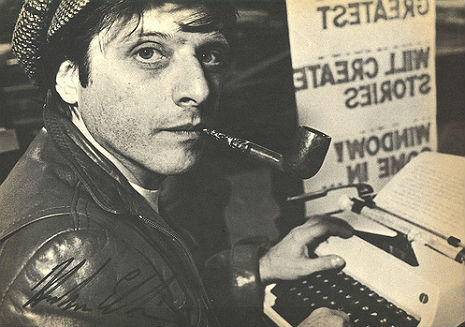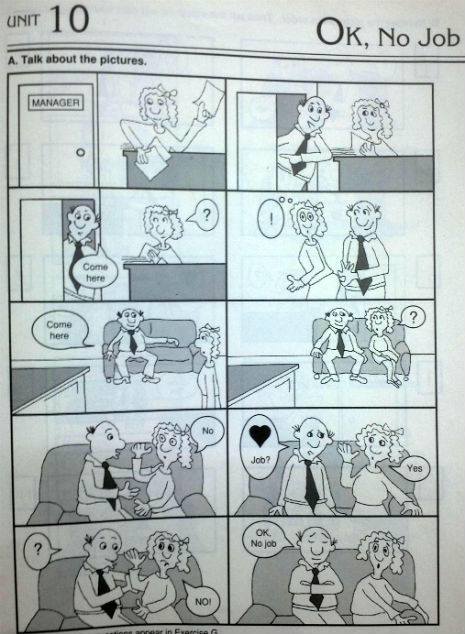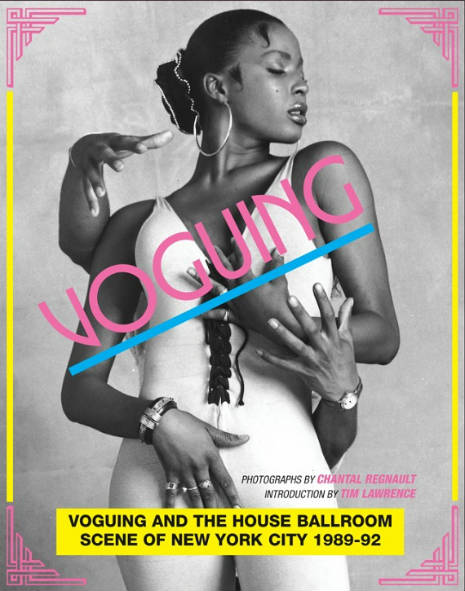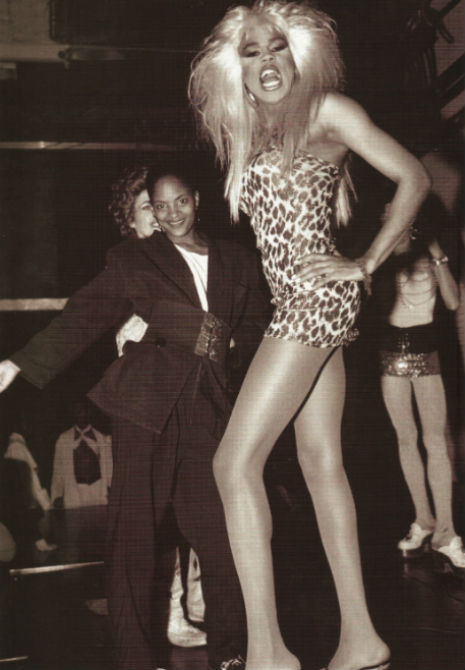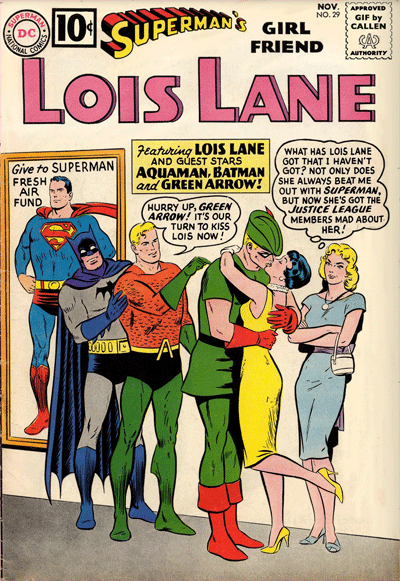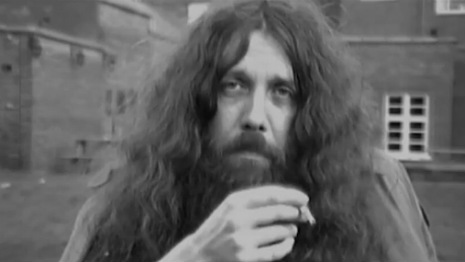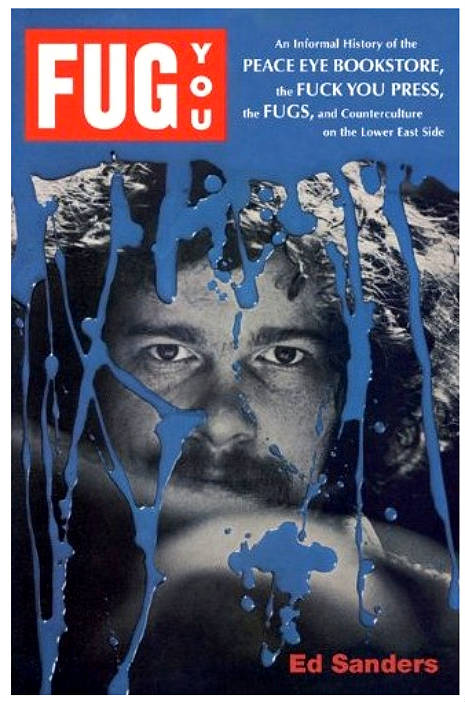
One of the defining moments of my life was when I picked up the debut album by The Fugs in a People’s Drug Store in Falls Church, Virginia in 1966. And when I say “picked up” that’s exactly what I mean. I didn’t even have to listen to it. All it took was picking up the album and looking at the cover to have my 15-year-old mind scrambled forever. A grainy black and white photograph of five scruffy-looking hippies holding musical instruments standing among rubble in front of an ancient looking brick wall somewhere in NY City’s East Village was not your usual teenybopper rock and roll imagery. If parents didn’t want their daughters to marry a Rolling Stone, they wouldn’t want them within 20 square miles of a Fug. This was punk rock in beatnik drag. Ten years later The Ramones would release their first album with a similarly New Yorkish cover. I stared at The Fugs with the awe of a kid coming upon a creature from outer space.
Of course, I bought the record (along with a copy of the first Mothers Of Invention album, Freak Out) and went home and eagerly put it on the turntable. The rest, as they say, is history. The Fugs were the hippest thing I’d yet encountered on vinyl. Their mix of the sacred and the profane, poetry and street talk, beauty and coarseness, was intellectual and spiritual manna for my hungry teenage brain and heart.
I wanted to be a part of whatever world The Fugs existed in so I ended up taking a bus to New York City and immediately went to The Fugs’ co-founder Ed Sanders’ bookstore, Peace Eye. There I began my serious Beat education, thumbing through the pages of books by Michael McClure, Alexandra David-Neel, Ginsberg, Burroughs, Kerouac, the whole underground scene…and it was still relatively underground at the time.
(While writing this I’m listening to the hugely underrated Fugs’ psychedelic/folk-rock masterpiece It Crawled Into My Hand, Honest .)
As much of a Fugs fan as I was, what eventually really knocked me out was Ed Sanders’ prose and poetry. He had a Whitmanesque/Blakean vision and bardic style coupled with gutter humor that bridged the heavens above and the mud below. He could undercut literary pretense with the foul-mouthed rants of a heavy-maned hillbilly cranked up on a ten dollar bag of crystal meth. His beatnik/hippie sensibilities were the foil to his truckstop cowboy skepticism. In other words, Sanders knew how to yin his yang, keeping the whole beautiful cosmic mess balanced between words of worship and the laughter on the tongue of a drunken whore. Within his howling vowels and clanging consonants, Sanders located that strange geography where the mythic mingles with tabloid headlines and TV commercials, where Jimmie Rodgers knocks back cheap bourbon while staring at the reflections of Isis and Ra in the bottom of his shot glass.
Drink up oh mighty yodellers and scribblers who praise the Dharma. The truth that envelopes us all and sends us squealing like delirious pigs into the arms of unbearable bliss is upon us like an ambergris-scented robe made of the pubic hair of two thousand and twelve Aztec virgins. Get naked, now! Or get the fuck out!
Yes, Ed Sanders was my guru of the gobble grope, my slum God of the Lower East Side, the dopethrill psychopath who pointed the way to a place where there is no shame in the flesh, the fuck or the flame that ignites the holy sacraments of the good lord Ganja. With Sanders as my shamanic guide I became a full-fledged member of the skin flower army, bravely facing the future with my hair flapping in the wind, a flag made of a million love tendrils.
That was then, this is now. And it is with great pleasure that I share with you good news indeed. The almighty Fug and editor of “Fuck You: A Magazine of The Arts,” has published a new memoir, Fug You, that covers his early days as a peacenik, poet, rabble rouser and musician in New York during the Sixties. It’s a great read full of fascinating anecdotes, essential counter-culture history, downtown bohemia, wrangles with the law, appearances by hundreds (yes, hundreds) of Sixties’ icons including Jimi Hendrix, Andy Warhol, Frank Zappa, Kenneth Anger, The Velvet Underground and tons of photos, images and manuscripts from his archives.
Unlike many a chronicler of those stoned days, Sanders has kept his wits about him. This isn’t a wobbly sentimental journey. The writing is sharp, witty and full of precise detail and facts. Of course, who would expect less of the author responsible for one of the best (and darkest) non-fiction books on the Aquarian Age, The Family. Sanders has always shown an abiding respect for form and tradition, even when fucking with them. Fug You is not only a personal history, it is history in the big sense. It is one of the few books that deals with the hippies and the counter-culture from the inside that doesn’t read like an amnesiac trying to reconstruct a past life or a brain-addled Deadhead recalling the time he caught the clap in a crash pad in the Haight as he desperately tries to keep his drool cup from toppling off his beer gut. Or worse, those guilt-ridden confessionals by former junkies who used to play in hair bands. Sanders doesn’t sound like an old fart spinning tales or pathetically trying to revive the good old days.
What kept Sanders interesting from the very beginning is still very much in operation in this new book: the clarity of his bullshit detector and his irreverent take on virtually everything, including himself. Which is not to say he doesn’t care about things in a deep sense, he does. He just approaches life with a Zen perspective knowing that getting overamped over shit ain’t gonna change a thing. He continues to be a revolutionary with a sense of the ridiculous. His strategy has always been to see the absurdity in the horror show and to shine a cosmic light on it. We see the Fug and Abbie Hoffman style of revolutionary theater echoed in today’s Occupy Movement. When The Fugs went to Virginia to levitate the Pentagon in 1967 not everybody was laughing, but they were certainly paying attention.
“You ask about my philosophy, baby, yeah? Dope, peace, magic gods in the tree trunks, and GROUP GROPE, BABY!”
The book ends in 1970, so I’m hoping this is the first in a series. More than four decades after I first encountered him, Sanders is still manna for my hungry brain.
Fug You: An Informal History of the Peace Eye Bookstore, the Fuck You Press, the Fugs, and Counterculture in the Lower East Side is available here.
Here’s a little video mashup of some vintage film footage with selections from Sanders’ ode to rednecks, hippies and the trailer parks of absolute reality, Sanders’ Truckstop.
1. “Jimmy Joe, The Hippybilly Boy” 2. “Maple Court Tragedy” 3. “Heartbreak Crash Pad” 4. “Banshee” 5. “Plaster Song” 6. “Iliad”








